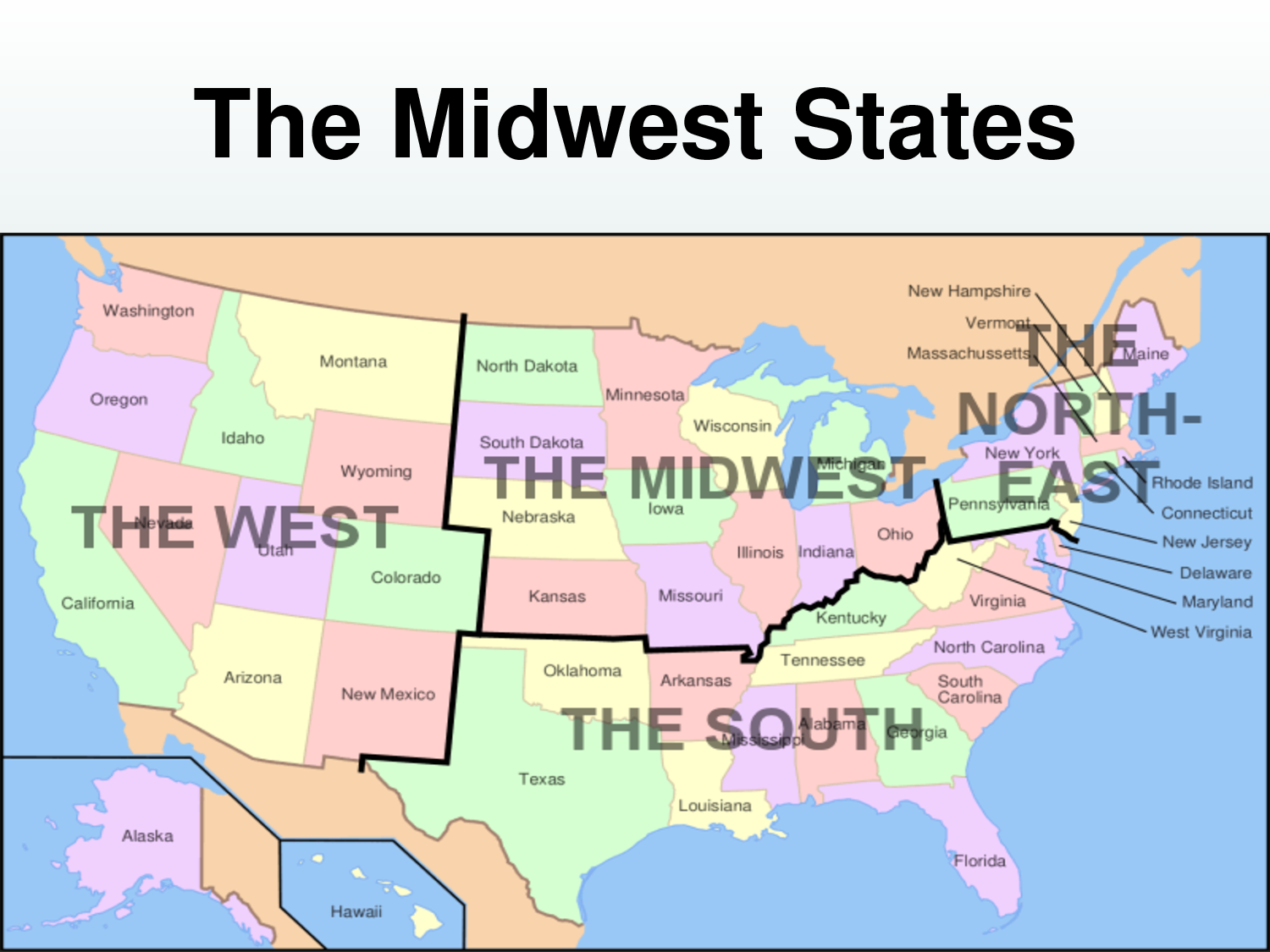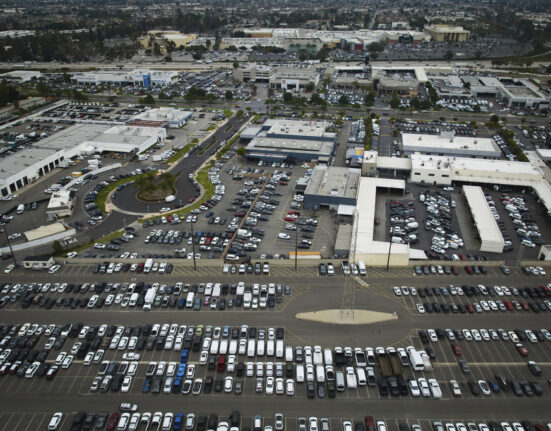In the heart of the Midwest, a quiet revolution is underway as utilities grapple with the challenges of interconnection and data centers. These traditionally conservative entities are now at the forefront of embracing innovation to meet the evolving needs of their customers.
Imagine a landscape dotted with vast fields stretching as far as the eye can see, interrupted only by wind turbines gracefully turning in the breeze. This serene image belies the bustling activity happening behind the scenes – a transformation that is reshaping how we think about energy consumption and distribution.
One key question on everyone’s mind is: How can data centers become more flexible? The answer lies in understanding the intersection of technology, sustainability, and efficiency. By harnessing cutting-edge solutions, utilities are finding new ways to optimize their operations while reducing their environmental footprint.
Expert insights shed light on this paradigm shift. According to industry analyst John Smith,
“Utilities in the Midwest are recognizing the importance of adapting to changing market dynamics. By investing in smart grid technologies and enhancing interconnection capabilities, they are paving the way for a more resilient and sustainable energy future.”
The journey towards greater flexibility is not without its challenges. With an increasing demand for reliable power supply from data centers, utilities must strike a delicate balance between meeting customer needs and ensuring grid stability. This delicate dance requires a combination of strategic planning, technological investment, and regulatory alignment.
As utilities navigate this complex landscape, collaboration emerges as a key theme. Partnerships between utility companies, tech firms, and regulatory bodies are essential to drive innovation forward. By working together towards common goals, stakeholders can unlock synergies that benefit both businesses and consumers alike.
Innovations such as virtual power plants (VPPs) offer a glimpse into the future of energy management. These interconnected networks leverage distributed energy resources to enhance grid resilience and flexibility. As VPPs become more widespread across the Midwest, they hold immense potential to revolutionize how we generate and consume electricity.
Amidst these changes, policymakers play a crucial role in shaping the regulatory framework that governs interconnection standards and data center operations. By enacting forward-thinking policies that support clean energy initiatives and incentivize technological advancement, governments can create an environment conducive to sustainable growth.
The road ahead is filled with opportunities for Midwest utilities to lead by example in adopting innovative solutions for interconnection challenges posed by data centers. By embracing change proactively and fostering a culture of continuous improvement, these organizations stand poised to shape the future of energy infrastructure in profound ways.
In conclusion, as Midwest utilities embark on this transformative journey towards greater flexibility in interconnection practices for data centers, they embody resilience amidst change while driving sustainability at their core.









Leave feedback about this